Age and Fertility
The ability to conceive in both boys and girls appears during puberty. The onset of the fertile age of the fair sex is marked by the onset of ovulation and menstruation. However, over the years, reproductive function undergoes changes. The ability to conceive decreases as the body ages, and after menopause, women can no longer become pregnant naturally. In modern society, infertility associated with age-related changes in the reproductive system has become increasingly common. There are many reasons why many girls begin to start families only after 30 years. Today, women have more opportunities to take care of themselves and monitor their health, but all this does not exclude the age-related decline in reproductive function. It is important to understand that fertility decreases as a woman ages due to the natural process of reducing the number of eggs in the ovaries. And this process can begin much earlier than most women assume.

specialists

equipment

treatment
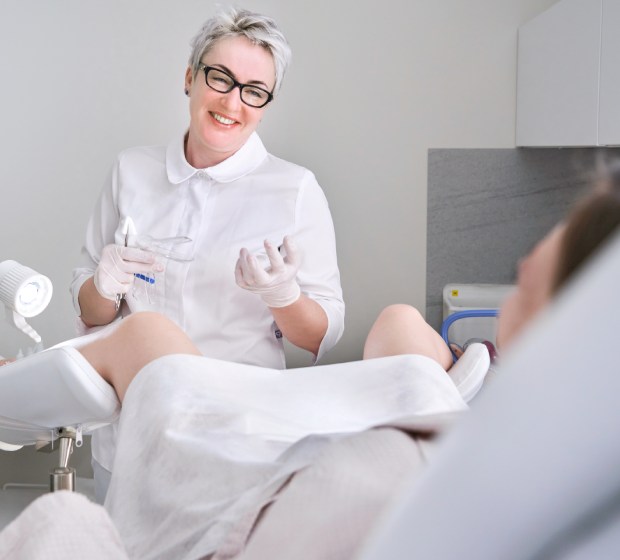
The prime reproductive years for women are considered to be the 20-30 years of age. Fertility gradually begins to decline in the 30s, especially after age 35. Each month, the chance of getting pregnant for a healthy woman of childbearing age is 20%. That is, for every hundred childbearing 30-year-old women who try to get pregnant on the first try, only 20 will succeed, and the remaining 80 will have to try their luck again. By age 40, this probability is less than 5%. Thus, less than 5 out of 100 women can successfully conceive each month.
As we have already discussed, women remain fertile until menopause, the average age of which is 51. However, most women fail to conceive a child by the age of 40. These figures apply to both those who try to conceive traditionally and those who undergo fertility treatments, including in vitro fertilization (IVF). Stories broadcast in the media can lead women and their partners to the mistaken idea that, no matter what, they can get pregnant using procedures such as IVF. But it is important to remember that a woman’s age does affect the likelihood of being cured of infertility. The quality and quantity of eggs gradually decrease with age, which causes a decline in female fertility.

Unlike the early decline in fertility that occurs in women, changes in reproductive function occur much later in men. Although sperm quality declines somewhat as a man ages, this is generally not a problem until he reaches his 60s. Although the problems that arise in men are not as sudden or noticeable as in women, changes in reproductive and sexual functioning also occur as they age.
There is no age limit for men to become fathers, as proven by gentlemen in their 60s and 70s who have successfully conceived with their younger partners. However, as men age, their testicles tend to become smaller and softer, their sperm structure changes, and their motility tends to slow down. Aging men often develop diseases that can adversely affect their reproductive and sexual functions. Moreover, with age, there is a higher risk of developing gene defects in sperm. However, it is worth noting that not all men experience significant changes in their reproductive or sexual function as they age, especially men who have maintained their health for many years.
In any case, if a man has problems with sexual desire or erection, he needs to seek treatment from a urologist. Decreased libido can be associated, among other things, with low testosterone levels.
Treatment Options and Alternatives
Assisted reproductive technologies
When the cause of infertility is determined, doctors may suggest specific treatments. However, there are sometimes cases in which no specific problem can be found and the cause of infertility is considered "undetermined". When infertility is undetermined, or when traditional treatments have failed, assisted reproductive technologies such as superovulation using intrauterine insemination (IUI) and in vitro fertilization (IVF) may be used. In an IUI cycle, infertility is treated with drugs to increase the number of eggs in the ovaries. When these eggs are ready to ovulate, the selected sperm from the partner is placed directly into the woman's ovaries. This procedure is called intrauterine insemination (IUI) and does not cause any discomfort. IVF involves removing an egg and fertilizing it with the partner's sperm in a lab, then placing the resulting embryo into the uterus. In either of these procedures, donor sperm may be used instead of the woman's partner's sperm.
With any treatment option, the woman's age directly affects the onset of pregnancy. Among women over 40, the probability of successful intrauterine insemination is less than 5% per cycle. In comparison, the probability of a successful outcome in women aged 35 to 40 years reaches approximately 10%. IVF is considered a more productive technology, but the success rate among women over 40 is comparatively low, only 20% per cycle.
Egg donation
If other treatments have failed, the woman is over 42, or suffers from Premature Ovarian Failure (POF), also known as early menopause, the treatment options become narrower. In this case, egg donation, which is the use of eggs from donor women in their 20s and 30s, is considered a fairly successful procedure. The high chance of getting pregnant with a donor egg confirms that age-related egg quality is the primary barrier to conception in older women. If you are over 40, the chance of successfully getting pregnant with an IVF cycle using a donor egg is significantly higher, but many couples or single women in their 40s choose to use their own eggs, although the chances of getting pregnant are lower. By age 43, the chance of getting pregnant through IVF is less than 5%, and by age 45, the only reasonable, rational alternative is to use a donor egg.
With this treatment, the egg donor takes medications to stimulate the ovaries to produce multiple eggs. At the same time, the egg recipient (the woman who receives the donor egg) receives hormone therapy to prepare her ovaries to receive the fertilized eggs (embryos). After the eggs are retrieved from the donor, they are fertilized with the partner's sperm in a laboratory. A few days later, the embryos are placed in the recipient's uterus. Any embryos that are not used can be frozen (cryopreserved) for later use.
Egg donor IVF gives women the opportunity to become pregnant, give birth and experience the joy of motherhood. However, it must be understood that a child conceived in this way will not be genetically related to the woman who gave birth to him. However, he will have a biological connection with the father and the egg donor. Many programs recommend a consultation so that all parties to the egg donation agreement understand the ethical, legal, psychological and social aspects of the issue. Since the success of the procedure depends heavily on the quality of the donor's eggs, women aged 20 to 30 with proven fertility are considered ideal donors.
Delayed motherhood
Women who want to delay childbearing until after age 38 may consider methods such as freezing embryos after IVF or retrieving and freezing eggs for later use. The success of embryo freezing (cryopreservation) is well established, but it requires the woman to have a male partner or use donor sperm. Egg freezing to delay childbearing is a new technology with great promise. However, there is a problem with voluntary egg freezing. As a woman gets older, the end result of an assisted reproductive technology cycle becomes less and less successful.
Preimplantation genetic screening
New technologies are currently being developed that will allow embryos to be tested for chromosomal abnormalities. This method is used for embryos created using IVF. It may be particularly useful for older women. In preimplantation genetic diagnosis (PGD), a small number of cells are taken from each embryo and tested. Chromosomally correct embryos are selected for transplantation into the mother's uterus. This procedure is expected to result in high pregnancy rates and the transmission of embryos with genetic abnormalities.

This award is given to clinics with the highest ratings according to user ratings, a large number of requests from this site, and in the absence of critical violations.

This award is given to clinics with the highest ratings according to user ratings. It means that the place is known, loved, and definitely worth visiting.

The ProDoctors portal collected 500 thousand reviews, compiled a rating of doctors based on them and awarded the best. We are proud that our doctors are among those awarded.
Make an appointment at a convenient time on the nearest date
Price
Other services
Hormone therapy
Radio wave gynecology with the Surgitron deviceLaser therapy using the Photona device
Sling operations Ectopic pregnancy Delayed menstruation Removal of the uterus (hysterectomy) Thrush (vaginal candidiasis) Prolapse of the uterus and vagina Uterine polyp (endometrial polyp) Cervical dysplasia Adenomyosis Treatment of sexual infections Vaginitis (Colpitis) Erythroplakia of the cervix Endometritis Bacterial vaginosis Symphysitis (symphysiopathy) Erosion and ectopia of the cervix Vulvovaginitis Premenopause Uterine artery embolization for uterine fibroids Cervicitis Gynecologist consultation Dysmenorrhea (painful periods) Amenorrhea Removal of the ovaries (oophorectomy) Postmenopausal Sphinctermetry Treatment and intimate rejuvenation with the Fotona laser Adenomyosis (Endometriosis of the uterus) Vulvitis Vaginal surgeries Inflammation of the appendages (adnexitis, salpingo-oophoritis) Labiaplasty (labiaplasty) Bartholinitis Surgery to remove an ovarian cyst Prolapse (prolapse) of the uterus and vagina Hormone replacement therapy (HRT) First menstruation 7 days after embryo transfer Biochemical pregnancy IVF protein diet Day 5 after embryo transfer Follicles Bicornuate uterus and pregnancy Day 9 after embryo transfer 1 day after embryo transfer 10 days after embryo transfer





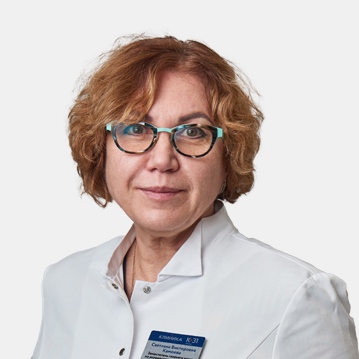
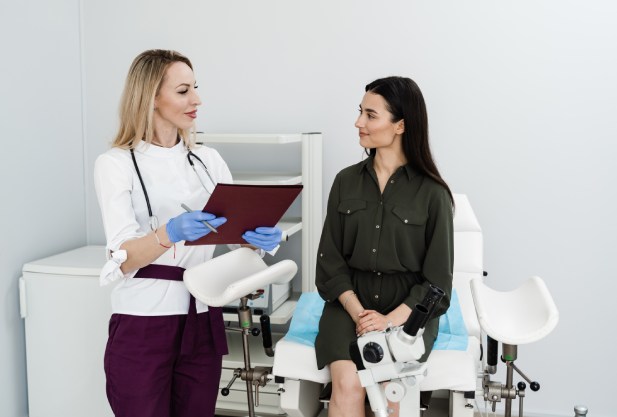
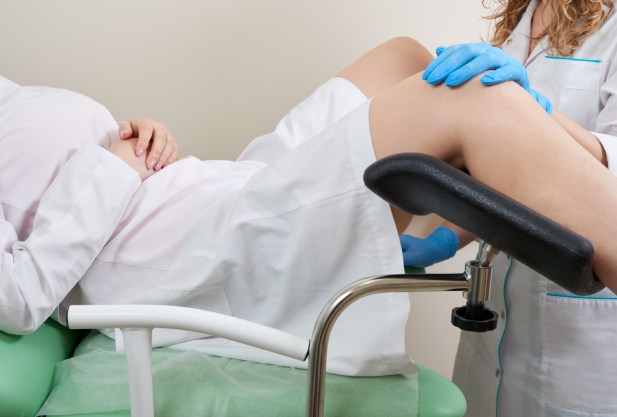

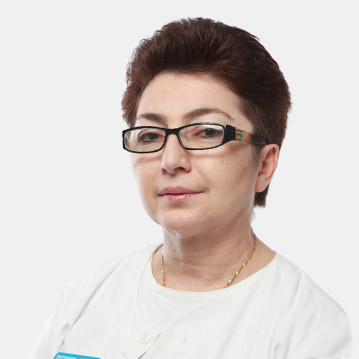

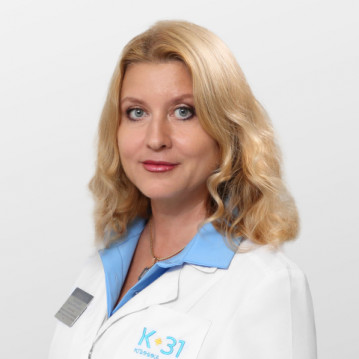

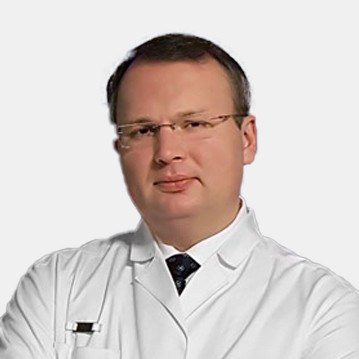

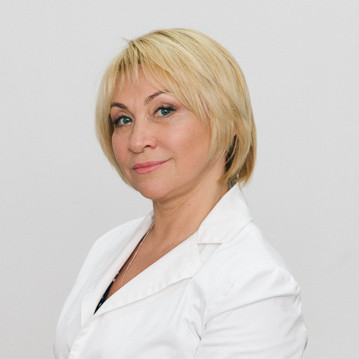
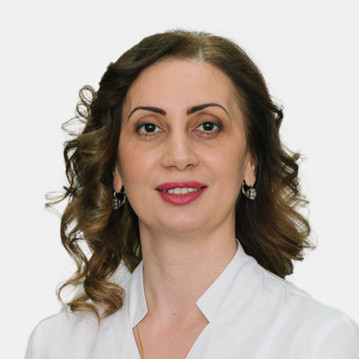
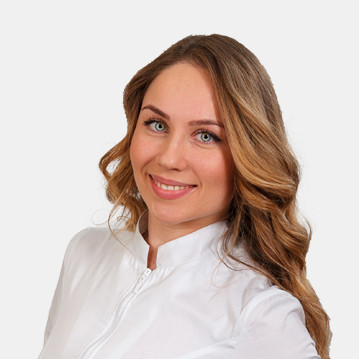

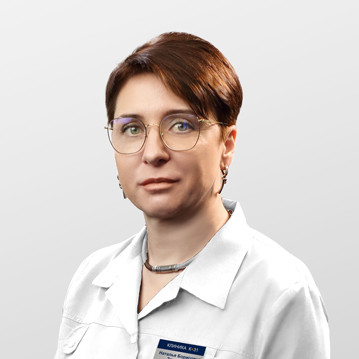
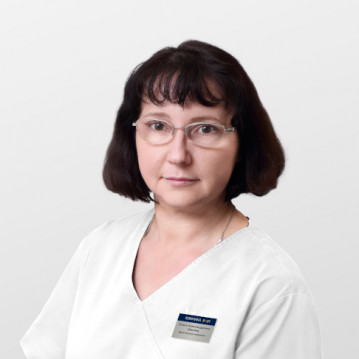


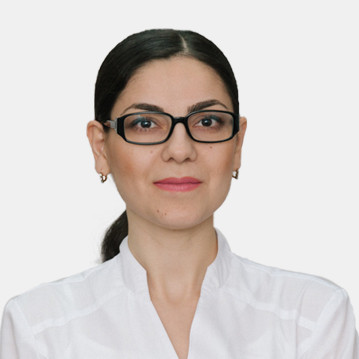

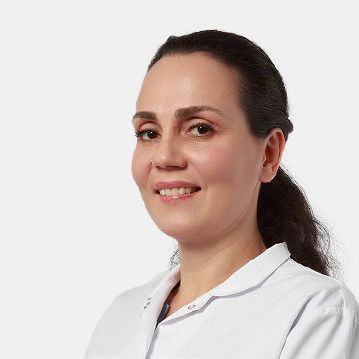
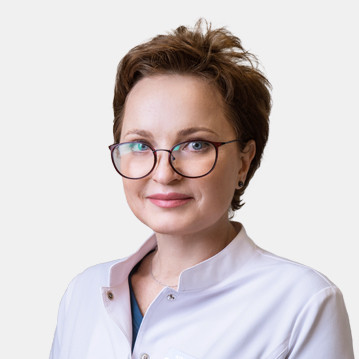



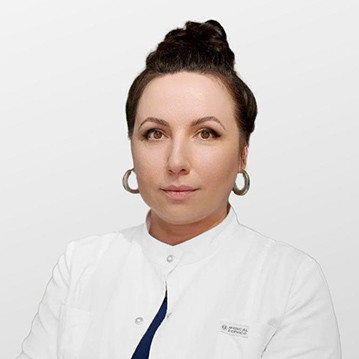

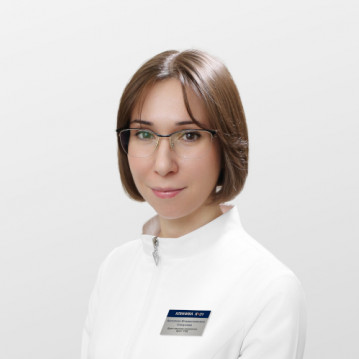
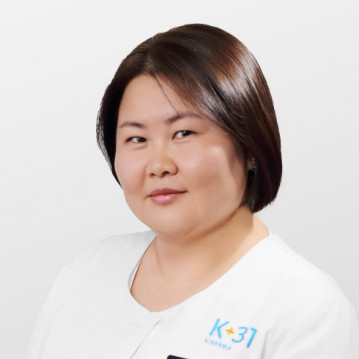

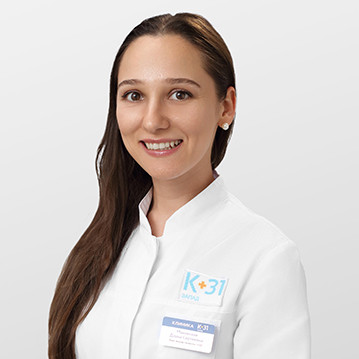

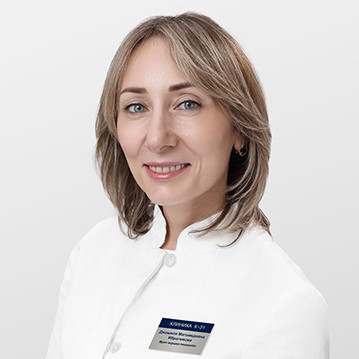
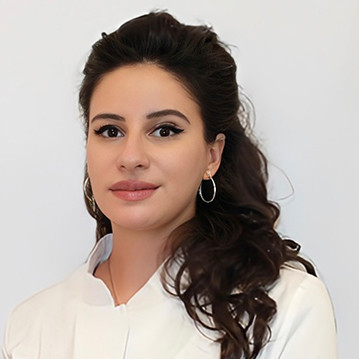
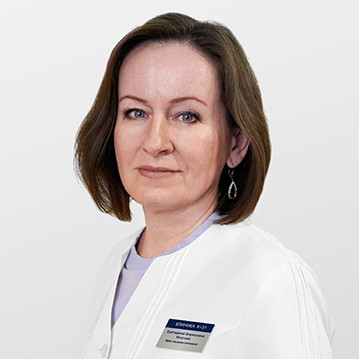






Ovulation and the menstrual cycle
During their reproductive years, women have regular menstrual cycles, during which ovulation occurs each month. At the beginning of each cycle, follicle-stimulating hormone (FSH), produced in the pituitary gland, stimulates a group of follicles in both ovaries to grow. Usually, only one of these follicles matures and releases an egg (ovulates); the others stop growing and disintegrate. Pregnancy occurs when the egg is fertilized and implants in the lining of the uterus (endometrium). If pregnancy does not occur, the endometrium is shed as menstruation, and the cycle resumes.
In early adolescence, girls experience "wandering" ovulation, which leads to irregular menstruation, but by the age of 16, as a rule, a stable periodicity of menstruation is established. From this time on, the female cycle will remain stable, ranging from 26 to 35 days.
Unlike men, whose bodies produce sperm throughout their lives, women are born with a fixed number of eggs and follicles contained in their ovaries. At birth, a girl has about a million follicles. By puberty, this number has decreased to about 300,000. Of the remaining follicles, about 300 ovulate during reproductive age. The remaining follicles are not used in ovulation, but are only activated as they undergo a natural, gradual process of degeneration called atresia.
As women age, fertility declines due to natural age-related changes that occur in the ovaries. Around age 30-40, you may notice that your cycle has become shorter. Over time, ovulation begins to disappear, and periods become less frequent until they stop completely. Menopause is considered to occur when a woman has not had a period for a year. It is believed that women who like to smoke a cigarette or two experience menopause a year earlier than women who do not smoke.